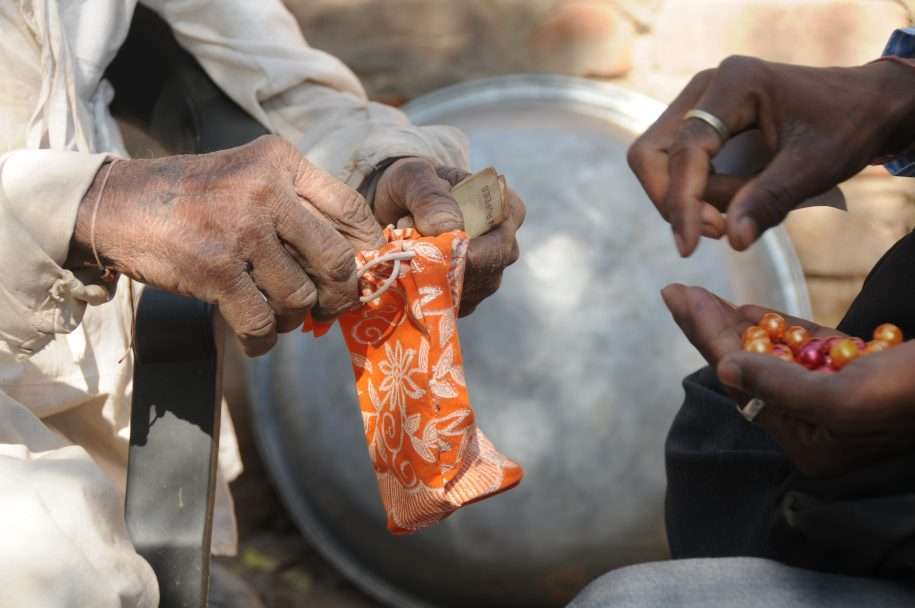Based on a RCT conducted by Dupas and Robinson (2012) in Western Kenya, providing the poor a Safe Box increased informal savings for health services by as much as 66%, compared to the comparison group. The experiment took place in Western Kenya with 113 ROSCA (Rotating Savings and Credit Association – where a group of individuals meet for a set period of time to save and borrow) participants, who were randomly assigned to treatment or control.
- A safe storage device has impact – Merely having a health savings storage device helps “shifting the reference consumption basket towards health goals”. Mentally labeling savings towards a particular goal, helps people save towards that goal, and it makes those funds less fungible and less susceptible to demands from friends and relatives.
- Providing credit along with the social pressure to save for a health goal in group settings increases investments and in this case, preventive health investments.
- People prefer earmarking for medical emergencies than preventive health and because earmarking has a liquidity cost associated with it, medical emergencies are held more valuable than preventive health.
hnologies to increase savings, it might also be interesting to determine what these savings are used for and whether the respondents were merely displacing their savings from ROSCA. It may also be interesting to replicate the study in low-income areas where the concept of group savings does not exist and where the culture of savings is not common, because these are areas where savings can have a large impact of people’s economic welfare.





